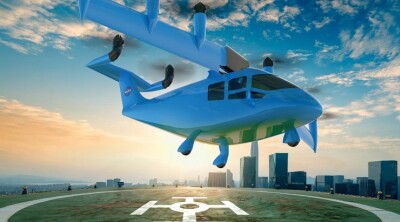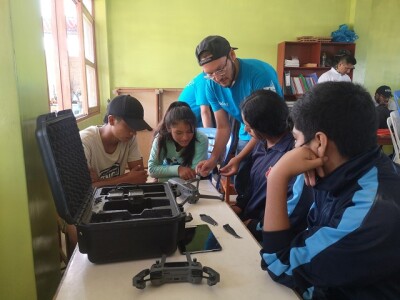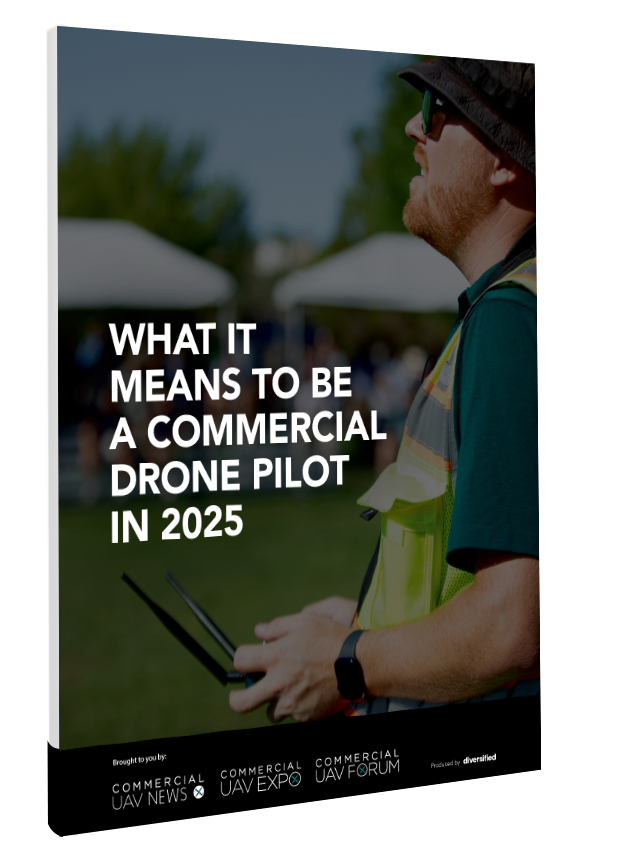In Norway, with the number of drone flights in Norwegian airspace rising steeply year-on-year, the Government is actively looking for new ways to improve the integration of drones in its airspace.
Posed as a “driving force in facilitating the future use of drones in the transport of goods and people” in the country by the Norwegian Government, Avinor is the developer behind the first Nordic UTM system, Ninox Drone. According to the company, approximately 500,000 Norwegians owned one or more drones in 2023. In terms of drone flights, Avinor saw an increase of 104% in 2023 when compared to 2022.
Continuing our UAVs Across Europe series, the following case studies represent some of the ways Norwegian companies are using drones to replace and improve traditional methods.
Road surveying with drones
To reach a zero-fatality goal on Norway’s national and regional road network by 2024, the Norwegian Public Roads Administration, Statens vegvesen, a government agency, is using drones to enable road creation and inspection. Taking advantage of WingtraOne’s surveying capabilities together with a Sony RX1R II, the agency collects data to generate a variety of outputs including detailed point clouds for volume assessment and tracking of road construction.
According to the agency, the WingtraOne significantly reduces costs when compared with traditional methods and other drones. For example, to complete a single 3 mile-road construction survey:
- Terrestrial laser scanners would take around 6 days and cost $5,200.
- A helicopter would take less than a day but cost $11,000 for the 3 miles.
- A multirotor drone would take around 9 hours and cost $970.
Using the WingtraOne, the Norwegian Public Roads Administration would take around 2.5 hours and cost $270 to complete that survey. Flying the drone with PPK at 328-394 ft. altitude with an absolute accuracy down to about 0.8 in., the agency can see how much stone and sand is moved in and out. It is also capable of accurately comparing work estimates with what is happening in real time and enabling regular orthophoto maps.
Construction inspection over a 5G network
Seeking to address the problems associated with traditional inspection methods for construction site inspections, HENT, a Norwegian construction company, turned its head towards drones. Having to inspect the outer facades of one of their residential projects in the city of Lillestrøm, Norway, the company employed the services of one of FlytBase’s partners, Droneverkstedet.
At the time, Telia, a Swedish multinational telecommunications company, had recently set up a new 5G network in Lillestrøm. Taking advantage of the lower latency, higher bandwidth, and broader coverage that 5G networks provide, Droneverkstedet was able to share the live, high-quality video stream from the drone with the project and quality manager sitting several kilometers away, in near real-time.
The combination of 5G, the drone’s high-definition camera, and FlytBase’s low latency video streaming capability over a high-speed cellular network, provided improved clarity during the live stream, enabling viewers to identify items as small as screws.
Stress-free, safe, and efficient remote inspection of a giant cargo tank
Destined to operate under harsh arctic conditions in the Barents Sea for the next 30 years, proper inspection of Equinor’s Johan Castberg, a floating production, storage, and offloading (FPSO) unit, requires several revisits and many inspection hours. To document the coating condition and as-built structure welded to the underside of the FPSO, IKM Testing, a Norwegian service provider to the energy industry, inspected the newly built vessel using the Scout 137 Drone System from ScoutDI.
As a developer of drone-based systems for fully digitalized inspections of industrial confined spaces based in Norway, ScoutDI designed the Scout 137 with a tethered system, providing valuable flexibility for organizing the job while eliminating the stress of limited flight time and battery management related to non-tethered solutions. To make inspections even easier, the drone also features a virtual anti-collision bubble that ensures it always remains at a safe distance from any obstacles.
Featuring a 37,000 square ft. cargo tank deck area and a height of 65 to 100 ft., a responsible and meticulous inspection is vital to make sure there aren’t any potential falling objects or issues that can harm the integrity of tanks and pumps. Conducted from the cargo tank floor of Johan Castberg, IKM Testing’s inspection crew managed to complete the job efficiently after a total of 22 hours.
Contributing to sustainable precision forestry
Forests need ongoing management to maintain their health, which is essential for effective and sustainable forestry. Many situations require prompt action to preserve forest well-being, such as addressing tree falls, broken tops, and damage from machinery. It's crucial to swiftly assess, identify, and implement measures to minimize these impacts. Moreover, the presence of invasive plant species or diseases can greatly harm forest health if not identified early.
Detecting these issues is often a lengthy process and sometimes happens by chance, which can lead to the problem being discovered too late to mitigate effectively. Specializing in drone services for the forestry and agricultural industry, Trøndelag-based Biodrone wants to address these issues with the use of drones paired with AI and machine learning.
Together with Sopra Steria, Biodrone developed a web portal that can be used by everyone in forestry, without needing to be an expert in GIS, photogrammetry, or AI. By offering an easy way to monitor these changes, the portal allows Biodrone customers to analyze drone-collected data from several hundred forest areas in Norway and Sweden. For example, by leveraging Amazon Web Services AI technology, the portal recognizes forest and plant varieties down to 7 inches in size, or counts objects over large areas, from images taken with a drone from up to 650 feet high.
















Comments